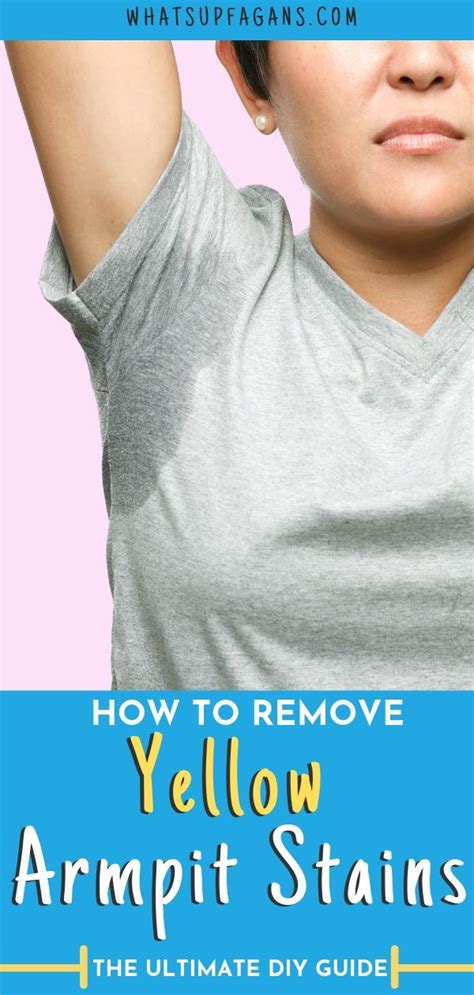How to Remove Sweat Stains from a Rubber Gym Floor
Sweat stains on a rubber gym floor are more than just unsightly; they can also contribute to the growth of bacteria and unpleasant odors. Fortunately, with the right cleaning approach, you can effectively remove these stains and keep your gym floor looking its best. This comprehensive guide will walk you through various methods, addressing common concerns and ensuring your gym floor remains clean, hygienic, and appealing.
What Causes Sweat Stains on Rubber Gym Floors?
Sweat itself isn't the primary culprit. It's the combination of sweat, salts, and oils present in perspiration that react with the rubber material, leaving behind noticeable stains. These stains often appear darker than the surrounding floor and can become increasingly difficult to remove if left unattended. The porous nature of some rubber flooring allows sweat and other contaminants to penetrate deeper, making thorough cleaning essential.
How to Remove Sweat Stains: A Step-by-Step Guide
The effectiveness of sweat stain removal depends largely on the type of rubber flooring and the age of the stain. Fresh stains are considerably easier to remove than those that have set in. Here’s a breakdown of effective methods:
1. Regular Cleaning:
This is your first line of defense. Regular sweeping or vacuuming removes loose dirt and debris, preventing sweat and other contaminants from embedding themselves in the floor. A damp mop with a mild detergent solution (following the manufacturer's recommendations for your specific flooring) should be used frequently. This simple step minimizes the buildup of sweat and reduces the need for more aggressive cleaning methods.
2. Spot Cleaning for Fresh Stains:
For fresh sweat stains, a quick response is crucial. Blot (don't rub!) the stain with a clean cloth dampened with warm water. A gentle all-purpose cleaner, diluted according to the instructions, can be used if needed. Always test any cleaner in an inconspicuous area first to ensure it doesn't damage the floor.
3. Tackling Stubborn Stains:
Older, ingrained stains require a more thorough approach. Here are some effective solutions:
-
Baking Soda Paste: Create a paste of baking soda and water. Apply it to the stain, let it sit for 30-60 minutes, then gently scrub with a soft-bristled brush. Rinse thoroughly with clean water. Baking soda is a mild abrasive that helps lift stains without damaging the floor.
-
White Vinegar Solution: Mix equal parts white vinegar and water. Apply to the stain, let it sit for 15-20 minutes, then scrub gently and rinse. Vinegar's acidity can help break down the components of the sweat stain. Caution: Always test in an inconspicuous area first, as vinegar can sometimes discolor certain types of rubber.
-
Commercial Cleaners: Several commercial cleaners are specifically formulated for rubber gym floors. Always follow the manufacturer's instructions carefully and ensure the product is safe for your specific flooring type. Look for cleaners that are designed to remove tough stains and disinfect the surface.
4. Drying the Floor:
After cleaning, ensure the floor is thoroughly dried. Excessive moisture can lead to mold and mildew growth. Use absorbent cloths or a wet/dry vacuum to remove excess water. Good ventilation is also key to speeding up the drying process.
Preventing Future Sweat Stains:
-
Encourage members to wipe sweat immediately: Provide plenty of towels and encourage gym users to wipe up their sweat as soon as possible.
-
Regular deep cleaning: Schedule regular deep cleaning of the gym floor, ideally every few weeks, depending on usage.
-
Proper ventilation: Ensure adequate ventilation in the gym to reduce moisture buildup.
-
Use floor mats: Placing mats in high-traffic areas can help minimize direct contact between sweat and the floor.
What if My Rubber Gym Floor is Damaged?
If the sweat stains are accompanied by noticeable damage to the floor, such as discoloration or cracking, it's best to consult a professional cleaning service specializing in rubber flooring or contact the flooring manufacturer for recommendations. Attempting to repair severe damage yourself may worsen the problem.
By following these steps and practicing preventative measures, you can keep your rubber gym floor clean, stain-free, and in optimal condition for years to come. Remember to always prioritize safety and test any cleaning solution in an inconspicuous area before applying it to the entire floor.

